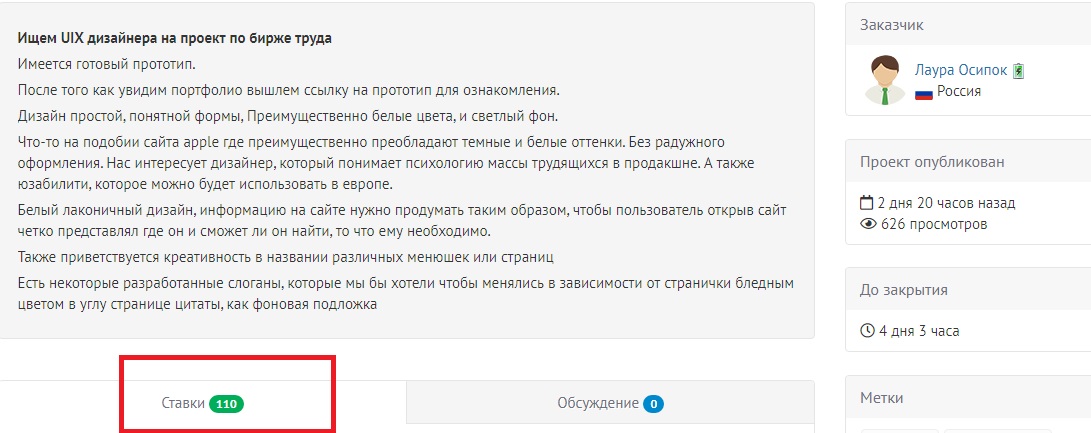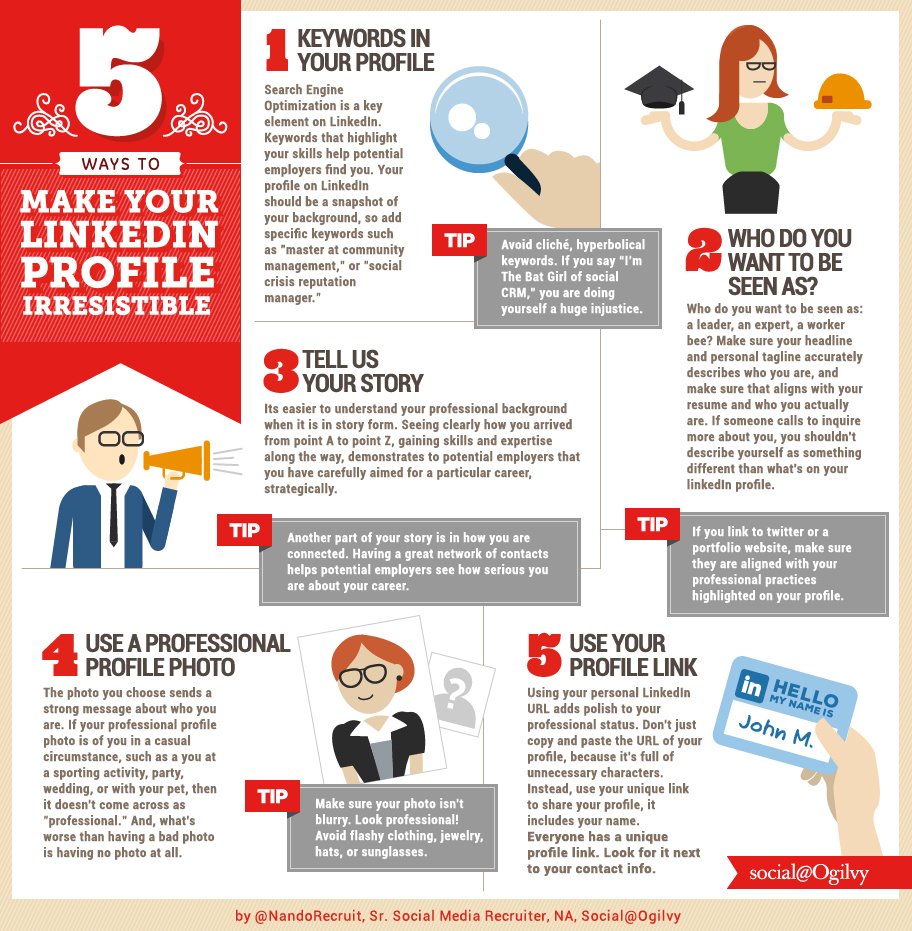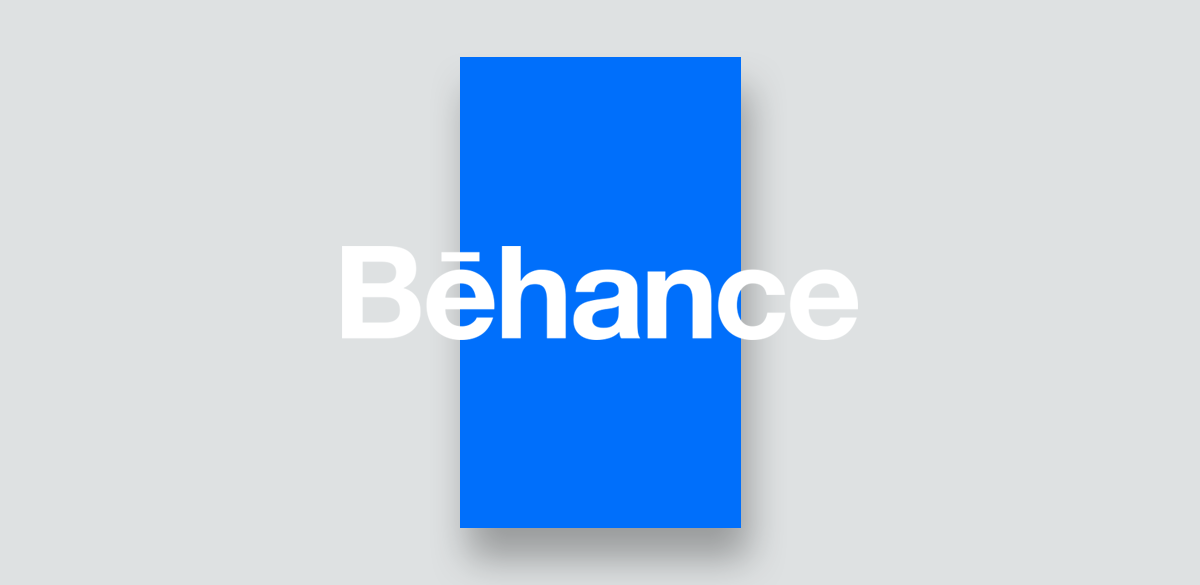This article is about how not to lower your prices or get lost in the crowd of competitors — but instead how to attract quality clients. 
Improve everything: your profile, portfolio, messaging, and skills
Dropping your service rates due to high competition leads nowhere. There will always be someone who charges less — and someone who will go with the cheaper option. Yes, we know it’s hard not to play the underpricing game when even some professionals lower their rates by 10–25%.
Expand your skill set
The right path is to expand your skills. Being a niche specialist, like a typographer or UI/UX writer, is great. But being a multi-skilled player is even better — especially if you want to build your own team in the future, because it helps you better evaluate others’ skills.
If you're a web designer — learn UI/UX writing to create clear and precise messages for users. If you're into graphic design — study copywriting. This way you’ll be able to write content for the websites, apps, and print materials you design. If you’re a developer — learn an additional programming language or try implementing new features and modules. We know mastering a new skill takes time and practice. But eventually, those efforts turn into income.
For example, we talk a lot about graphic and web design, and interface development on our YouTube channel. Our masterclasses and lectures are free. At the end of this article, you’ll find a link to free and paid courses to help you upskill.
Show the client clear value
Your replies to freelance job postings and vacancies should be informative, concise, and personalized.
Write a unique message for each project or vacancy — no copy-pasting.
This approach takes more time, but it also makes you stand out from the majority of competitors. The client senses your attention to their needs, gains trust, and sees genuine interest in the project — instead of just a generic message that screams “I just want to get paid.”
Maxim Ilyakhov, author of Glavred and Editor School, explains clearly how to write informative messages.
And here we talk about communicating with clients on financial matters: read more
Use Facebook, LinkedIn, Dribbble, Behance

Social media is your portfolio.
Everyone should have a LinkedIn profile, regardless of their field. It’s great for finding jobs, messaging companies directly, and it works perfectly as a portfolio. You can list everything that matters to clients — from education and experience to projects and skills.
Well-designed Facebook and Instagram profiles are a must for SMM specialists. You can still post personal content — photos with friends, family, travel, etc. — but it helps a lot when your profile looks visually appealing.
Designers must have Behance and Dribbble profiles.

Make the most of what the internet offers. Keep your profiles updated regularly — this will help you grow.
Edit and improve your portfolio
It’s always useful to review your portfolio. Update project descriptions, focus on the value delivered to the client, and describe in detail what you did and which tools you used.
And if you want to boost your skills and create 5 strong portfolio cases — sign up for the coaching program “ Web Designer: A Lucky Ticket to Thailand ”. You’ll gain valuable skills to stand out from the competition and create impressive portfolio projects.
